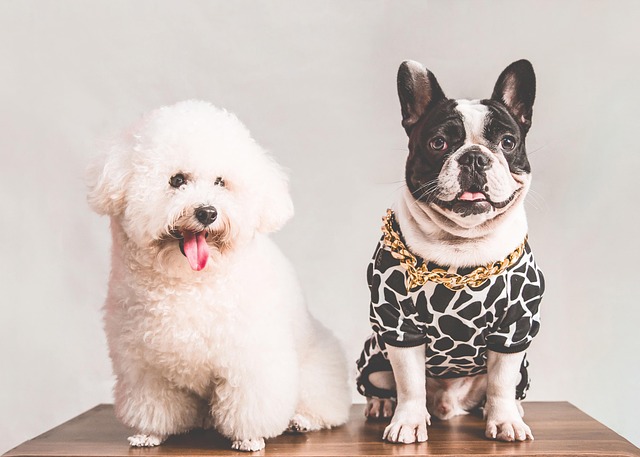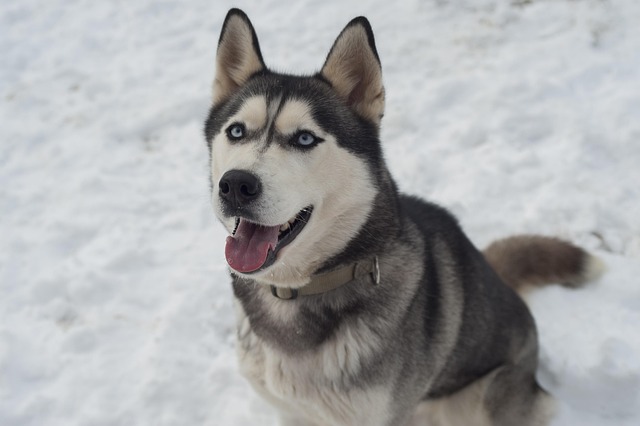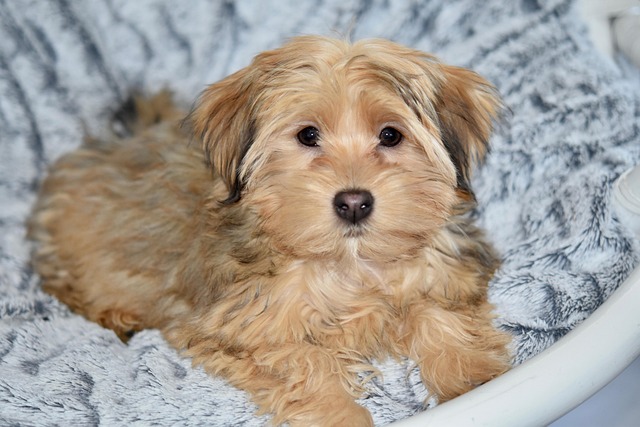
How to train a dog to socialize with other dogs?
Watching your dog tense up or bark at every other pup during walks can feel frustrating, but socialization doesn’t have to be a struggle—it just needs patience and the right approach.
It’s a Tuesday evening, and your usually easy-going male dog growls when you try to coax him off the couch. This sudden shift in behavior is alarming and can leave you feeling confused and worried. The most critical thing to understand is that sudden aggression is rarely a matter of a dog simply "turning bad" or trying to be "dominant." It is almost always a symptom, a red flag signaling that something is wrong. Your very first step must be an immediate appointment with your veterinarian. A sudden behavioral change is a major medical indicator, and ruling out physiological causes is the absolute foundation of managing sudden dog aggression.
The scientific principle here is straightforward: pain and discomfort can trigger profound behavioral changes. An otherwise gentle dog might snap if touched where he has a hidden injury, a brewing infection, or an neurological issue. Conditions like hypothyroidism can also influence aggression. This is why any form of punishment for this behavior is not only ineffective but also ethically problematic and culturally unacceptable in modern animal care. Yelling, alpha rolls, or physical correction on a dog in pain will only increase his anxiety and fear, potentially exacerbating the aggression and severely damaging your bond. The only appropriate path is a force-free behavioral assessment that seeks to understand and address the root cause, not suppress the symptom.

Once your vet has given a full all-clear, you can start to consider behavioral or environmental triggers. Has there been a recent change in the household? A new baby, a move, or a houseguest? Even subtle changes in routine can create stress that a dog expresses through aggression. Your immediate practical step is management for safety. Use baby gates to create space, avoid confrontational situations (like taking a prized chew toy directly away), and ensure all interactions are calm and predictable. Do not force affection. If the behavior is directed towards other dogs, immediately cease visits to the dog park and choose walking routes and times that minimize encounters. This careful management is a crucial part of your sudden aggression in male dogs strategy while you seek a professional diagnosis.
Navigating this situation also involves a strong understanding of your legal and communal responsibilities. Ensuring your dog’s rabies vaccination is up-to-date is a critical legal mandate, especially with any history of aggression. A bite incident will trigger a mandatory quarantine process with animal control. Furthermore, while you investigate the cause, your duty to your community is paramount. This means your dog must be securely leashed and under your control at all times in public. Meticulously cleaning up after your dog is non-negotiable; it’s the law in most municipalities and a basic sign of a responsible owner. For those in apartments, being hyper-vigilant about noise (like barking fits) and using elevators or stairwells at off-peak hours can prevent stressful encounters and maintain good relations with neighbors. Your proactive approach ensures the safety and well-being of everyone involved while you work towards a solution.

Watching your dog tense up or bark at every other pup during walks can feel frustrating, but socialization doesn’t have to be a struggle—it just needs patience and the right approach.

Watching your fluffy husky puppy clamp down on your hand during playtime might feel cute at first—until their sharp puppy teeth break the skin.

Finding a familiar pile on your front lawn or even inside near the door can be frustrating, especially if you’ve been trying to train your pup to go elsewhere.

Finding puddles or messes on your carpet right after work is never fun—especially when you’re already juggling a busy schedule. The first step isn’t scolding your pup; dogs don’t connect punishment to old accidents.

Picture this: you have your treat pouch on, ready for a training session, and both of your dogs are eagerly watching you.

Yorkshire terrier puppies have tiny bladders, so sticking to a consistent schedule is key—try taking them out first thing in the morning, right after meals, and before bed.